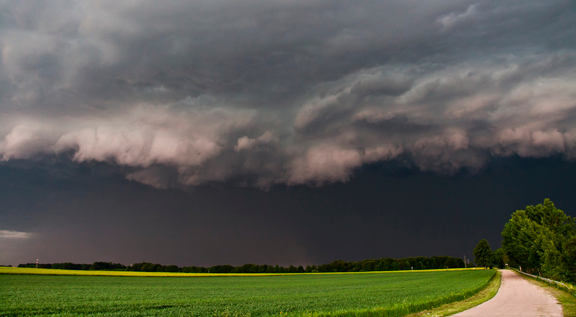
Image: Pixabay
“While El Niño remains in its neutral phase in the Tropical Pacific, another important pattern of tropical climate variability returns to activity, the Indian Ocean Dipole. The DOI consists of a pattern of opposing anomalies between the western and eastern portions of the Tropical Indian Ocean. This difference in temperature implies changes in pressure, winds and rainfall, affecting the entire atmospheric circulation over the tropics, the so-called Walker cell”, she explains.
{module Form RD}
The Australian meteorological agency Bureau of Meteorology (BOM) was the first to confirm the event. “This is an oscillation with strong implications for Australia’s rainfall and temperature regime. The agency predicts that, with the negative phase of the DOI, Australia will receive above-average rainfall, mainly in the east of the country”, he adds.
According to Paola Bueno, the last time the DOI was active was in 2019, when it was in its positive phase – opposite to what is currently observed. “It was one of the most intense recorded in history. This event was associated with extreme drought conditions and high temperatures in Australia, which triggered the country's worst episode of forest fires.
What does this imply for Brazil? According to the meteorologist, despite being distant, variations in SST in the Indian Ocean can influence climate conditions over Brazil via patterns of atmospheric teleconnections. “The tropical portion is more affected by changes in the Walker cell, while Rossby waves originating in the Indian Ocean are responsible for altering the rainfall regime over mid-latitudes”, he explains.
“In 2019, Brazil was greatly impacted by the positive phase of the DOI, recording a precipitation deficit in almost the entire country during the spring months and delaying the start of the rainy season. While in the extreme south of the country (Rio Grande do Sul) above-average precipitation accumulations were recorded”, points out the expert.
Still according to her, some studies have shown that the positive phase of the DOI can cause or influence an El Niño event, while the negative phase of the DOI can trigger a La Niña event, mainly due to changes in winds and SST over the Pacific. West. “This corroborates the forecast of La Niña returning in the coming months!”, he concludes.
By: Leonardo Gottems | agrolink












